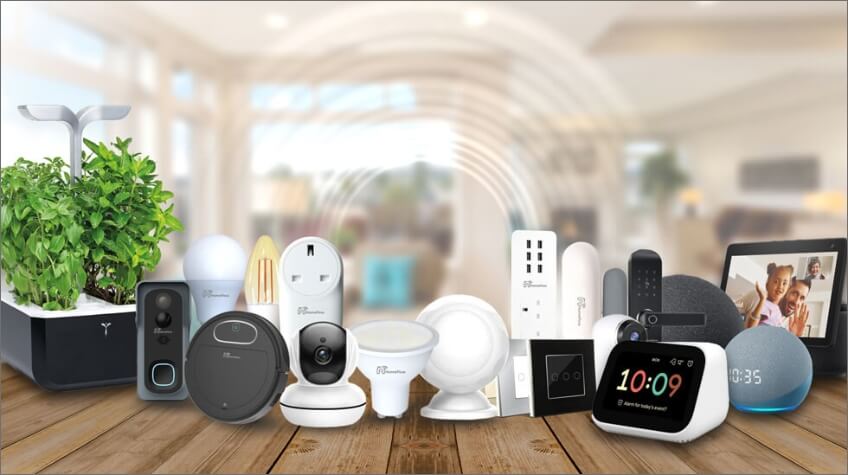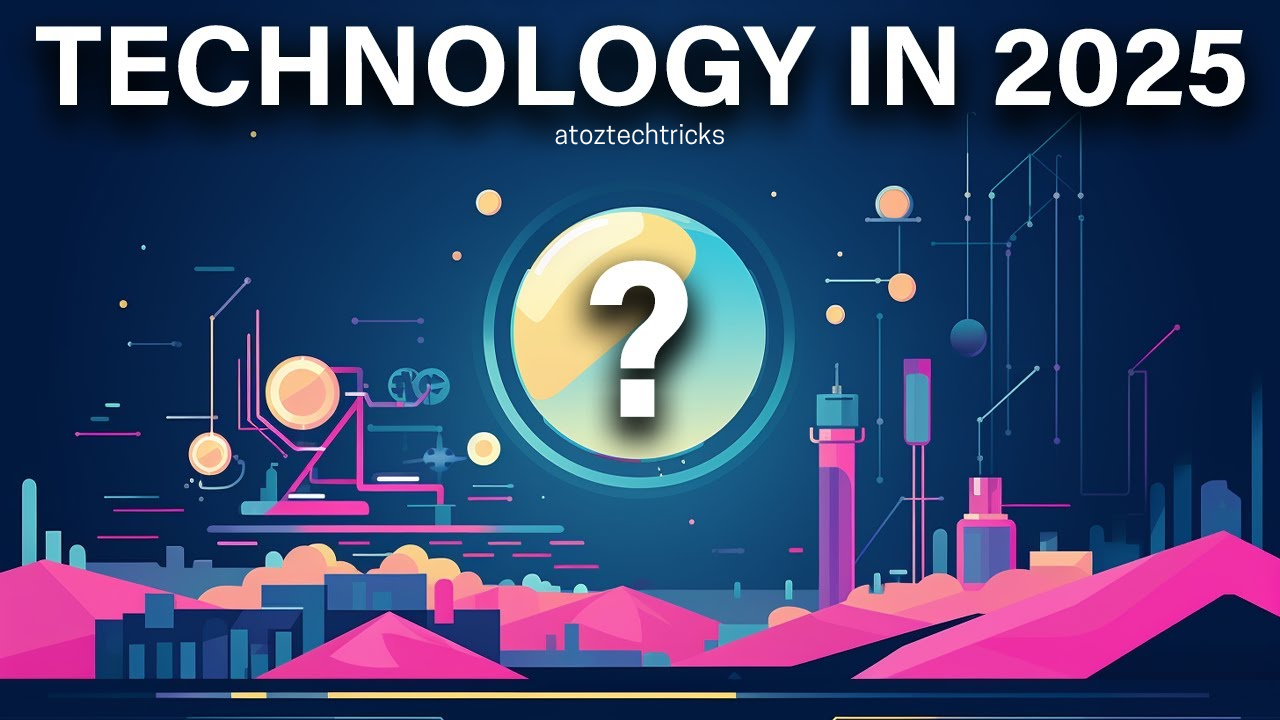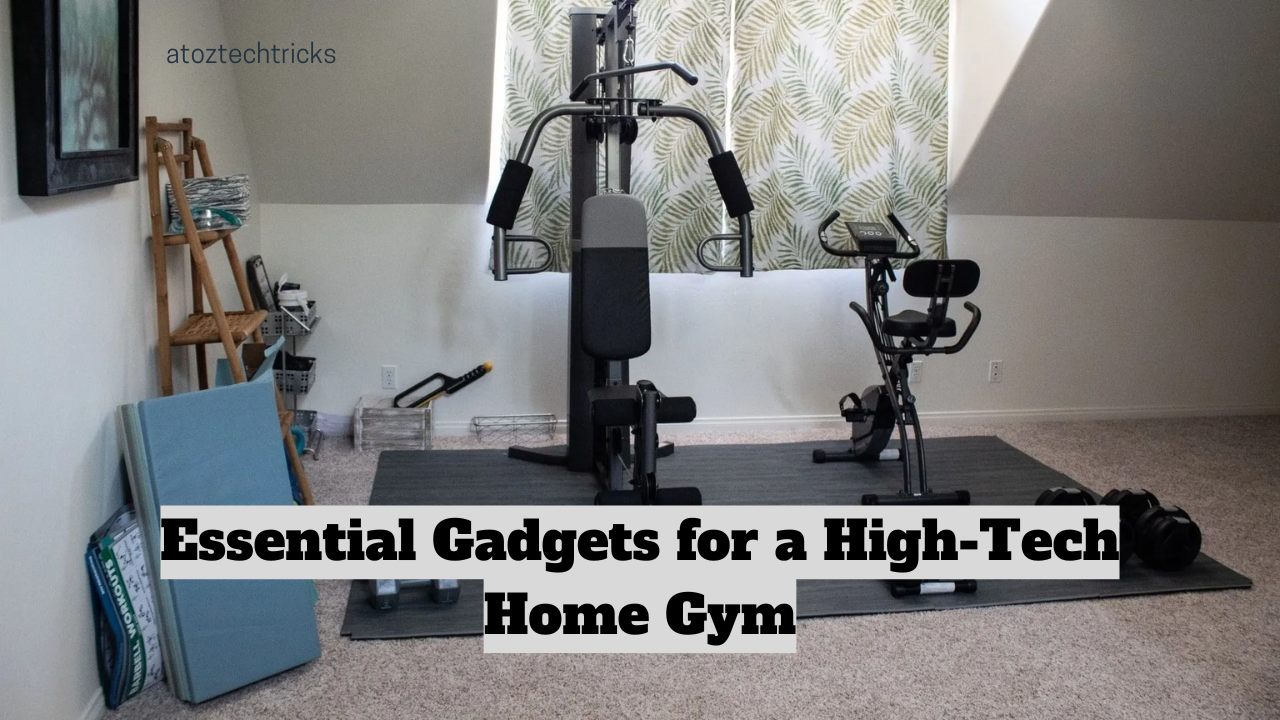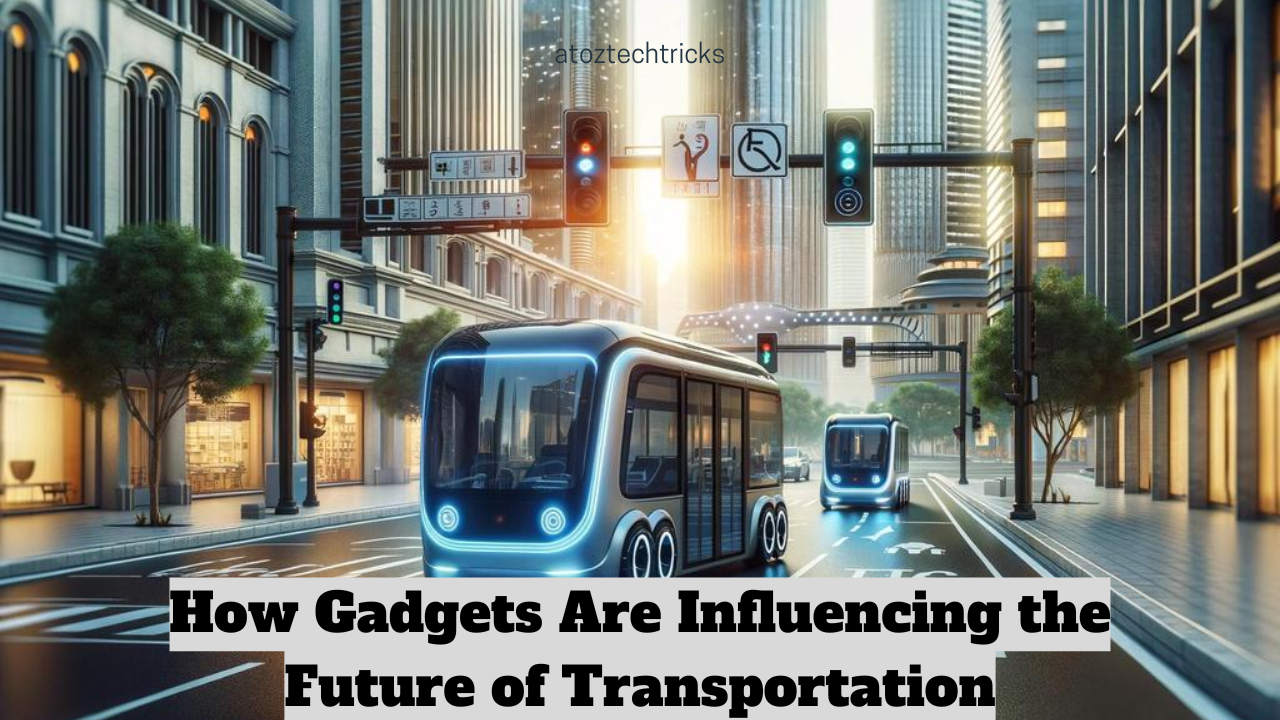In the ever-evolving landscape of technology, smart gadgets are increasingly becoming instrumental in enhancing mental health and well-being. From wearable devices to advanced mobile applications, these innovations are offering new ways to monitor, manage, and improve mental health. This comprehensive exploration delves into how smart gadgets are transforming mental health care, their benefits, limitations, and the future potential of these technologies.
The Rise of Smart Gadgets in Mental Health

In recent years, there has been a growing recognition of the importance of mental health and well-being, leading to an increased demand for tools that can help manage and improve psychological health. Smart gadgets, which include wearables, apps, and integrated devices, have emerged as key players in this domain. These technologies are designed to provide real-time feedback, personalized interventions, and data-driven insights that can significantly impact mental health.
1. Wearable Devices
Wearable devices such as smartwatches and fitness trackers are among the most popular smart gadgets used for mental health. These devices often come equipped with sensors that track physiological indicators such as heart rate, sleep patterns, and physical activity.
a. Monitoring Stress and Anxiety
Smartwatches and fitness trackers can detect changes in heart rate variability (HRV), which is a marker of stress and anxiety levels. For instance, devices like the Apple Watch and Fitbit have features that monitor HRV and notify users of abnormal changes. This real-time data allows individuals to become more aware of their stress levels and take proactive steps to manage their anxiety.
b. Sleep Tracking
Sleep is a crucial component of mental health, and sleep disruptions can contribute to a range of psychological issues. Wearable devices that track sleep patterns provide insights into sleep quality, duration, and disturbances. This information helps users identify patterns that might affect their mental well-being, such as poor sleep hygiene or insomnia.
Gadgets for Outdoor Adventures: Essential Tech for Nature Lovers
2. Mobile Applications
Mobile applications have revolutionized how individuals engage with mental health care. These apps cover a broad spectrum of needs, from mindfulness and meditation to cognitive-behavioral therapy (CBT) and mood tracking.
a. Mindfulness and Meditation
Apps like Headspace and Calm offer guided meditation and mindfulness exercises designed to reduce stress and improve emotional regulation. These applications provide users with tools to practice mindfulness, manage anxiety, and enhance overall mental well-being. The convenience of accessing these practices through a smartphone makes them highly accessible and effective for daily use.
b. Cognitive-Behavioral Therapy (CBT)
CBT apps, such as Moodfit and Woebot, utilize therapeutic techniques to help users manage symptoms of depression, anxiety, and other mental health conditions. These apps often include features like mood tracking, cognitive restructuring exercises, and interactive chatbots that offer support and guidance. By integrating therapeutic approaches into an easily accessible format, these apps provide users with valuable resources for self-help and mental health management.
c. Mood and Activity Tracking
Mood-tracking apps allow users to log their emotional states, activities, and triggers, providing valuable data for understanding patterns in mental health. Apps like Daylio and Reflect help users track their moods and activities over time, offering insights into factors that may influence their mental health. This data can be useful for identifying trends, setting goals, and discussing issues with mental health professionals.
3. Smart Home Devices

Smart home devices, including voice-activated assistants and environmental controls, are also contributing to mental health and well-being.
a. Environmental Control
Devices such as smart thermostats and lighting systems can create a comfortable and calming environment. For example, adjusting lighting to mimic natural sunlight or creating a relaxing ambience with smart lighting can positively impact mood and stress levels.
b. Voice-Activated Assistants
Voice-activated assistants like Amazon’s Alexa and Google Assistant can provide users with relaxation exercises, mindfulness prompts, and mental health resources. They can also set reminders for self-care activities, track progress, and offer encouragement, thus supporting mental health management in a hands-free manner.
The Intersection of Fashion and Technology: Stylish Gadgets You’ll Love
Benefits of Smart Gadgets in Mental Health
The integration of smart gadgets into mental health care offers numerous benefits, including increased accessibility, personalized interventions, and real-time feedback.
1. Increased Accessibility
Smart gadgets make mental health resources more accessible to a broader audience. Mobile apps and wearable devices are widely available and can be used by individuals regardless of their location. This increased accessibility helps bridge gaps in mental health care, especially for those who may face barriers to traditional therapy, such as geographical constraints or financial limitations.
2. Personalized Interventions
Many smart gadgets use data to provide personalized recommendations and interventions. For example, mood-tracking apps can analyze patterns and offer tailored suggestions for improving mental health, while wearables can monitor individual physiological responses and suggest stress-reduction techniques based on real-time data. Personalized approaches enhance the effectiveness of mental health interventions by addressing the unique needs of each user.
3. Real-Time Feedback
Real-time feedback provided by smart gadgets enables users to monitor their mental health continuously and make timely adjustments. For instance, a smartwatch that detects elevated stress levels can prompt users to engage in relaxation techniques or take breaks, preventing the escalation of stress-related symptoms. This immediate feedback empowers users to take control of their mental well-being and make proactive decisions.
4. Data-Driven Insights
The data collected by smart gadgets can offer valuable insights into mental health trends and patterns. This information can be used to identify triggers, track progress, and evaluate the effectiveness of interventions. Additionally, sharing this data with mental health professionals can facilitate more informed discussions and treatment planning.
Limitations and Challenges

While smart gadgets offer significant advantages, some limitations and challenges need to be addressed.
1. Privacy and Security Concerns
The collection of personal data by smart gadgets raises privacy and security concerns. Users need to be assured that their data is protected and that appropriate measures are in place to safeguard their information. Ensuring compliance with data protection regulations and maintaining transparency about data usage are essential for addressing these concerns.
2. Accuracy and Reliability
The accuracy and reliability of data provided by smart gadgets can vary. For example, wearable devices may have limitations in measuring physiological indicators accurately, and mood-tracking apps may rely on subjective self-reports. Users should be aware of these limitations and consider using smart gadgets as complementary tools rather than as sole sources of information.
3. Over-Reliance on Technology
There is a risk of over-reliance on technology, which may lead individuals to neglect traditional forms of mental health care. Smart gadgets should be seen as supplementary resources rather than replacements for professional therapy and medical advice. Balancing the use of technology with other mental health practices is crucial for achieving optimal outcomes.
4. Accessibility and Inclusivity
While smart gadgets have increased accessibility for many, there are still barriers for some individuals. Access to technology, digital literacy, and socioeconomic factors can impact the effectiveness of smart gadgets in enhancing mental health. Ensuring inclusivity and addressing disparities in access to technology is important for maximizing the benefits of these innovations.
The Future of Smart Gadgets in Mental Health
The future of smart gadgets in mental health is promising, with ongoing advancements and innovations that are likely to further enhance mental well-being.
1. Integration with Artificial Intelligence
The integration of artificial intelligence (AI) with smart gadgets holds the potential to revolutionize mental health care. AI algorithms can analyze vast amounts of data to identify patterns, predict mental health issues, and provide personalized recommendations. For example, AI-powered chatbots could offer more sophisticated support and therapeutic interventions based on individual needs.
2. Enhanced Personalization
Future developments in smart gadgets are expected to offer even greater levels of personalization. Advances in biometric sensors and data analytics will allow for more accurate monitoring and tailored interventions. Personalized mental health solutions that adapt to individual preferences and responses will likely become more prevalent.
3. Expanded Interdisciplinary Approaches
The integration of smart gadgets with other fields, such as neuroscience and behavioural science, will contribute to more comprehensive mental health solutions. Collaborative efforts between technologists, mental health professionals, and researchers will drive innovation and improve the efficacy of smart gadgets in addressing mental health challenges.
4. Improved Accessibility and Inclusivity
Efforts to enhance accessibility and inclusivity will play a crucial role in the future of smart gadgets in mental health. Initiatives to make technology more affordable, user-friendly, and accessible to diverse populations will help ensure that the benefits of smart gadgets are available to everyone.
Smart gadgets are playing an increasingly important role in enhancing mental health and wellbeing. Through wearable devices, mobile applications, and smart home technologies, these innovations provide valuable tools for monitoring, managing, and improving mental health. The benefits of smart gadgets, including increased accessibility, personalized interventions, and real-time feedback, highlight their potential to transform mental health care. However, challenges such as privacy concerns, accuracy limitations, and the risk of over-reliance must be addressed to maximize their impact.
Smart Gadgets for Pet Owners: Keeping Your Pets Safe and Entertained
As technology continues to advance, the future of smart gadgets in mental health holds great promise. Integration with artificial intelligence, enhanced personalization, interdisciplinary approaches, and improved accessibility will drive further advancements and contribute to a more effective and inclusive mental healthcare landscape. Embracing these innovations, while remaining mindful of their limitations, will be key to harnessing the full potential of smart gadgets in enhancing mental health and wellbeing.



